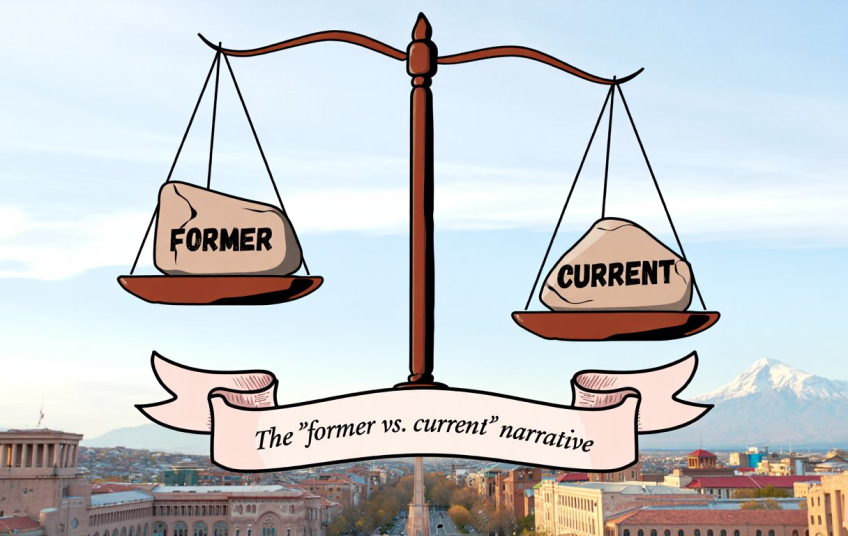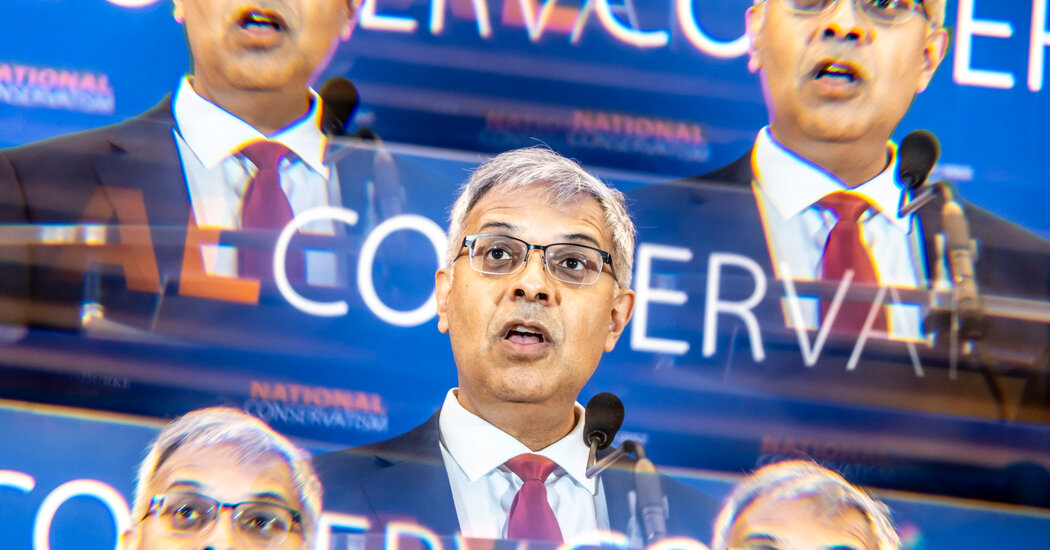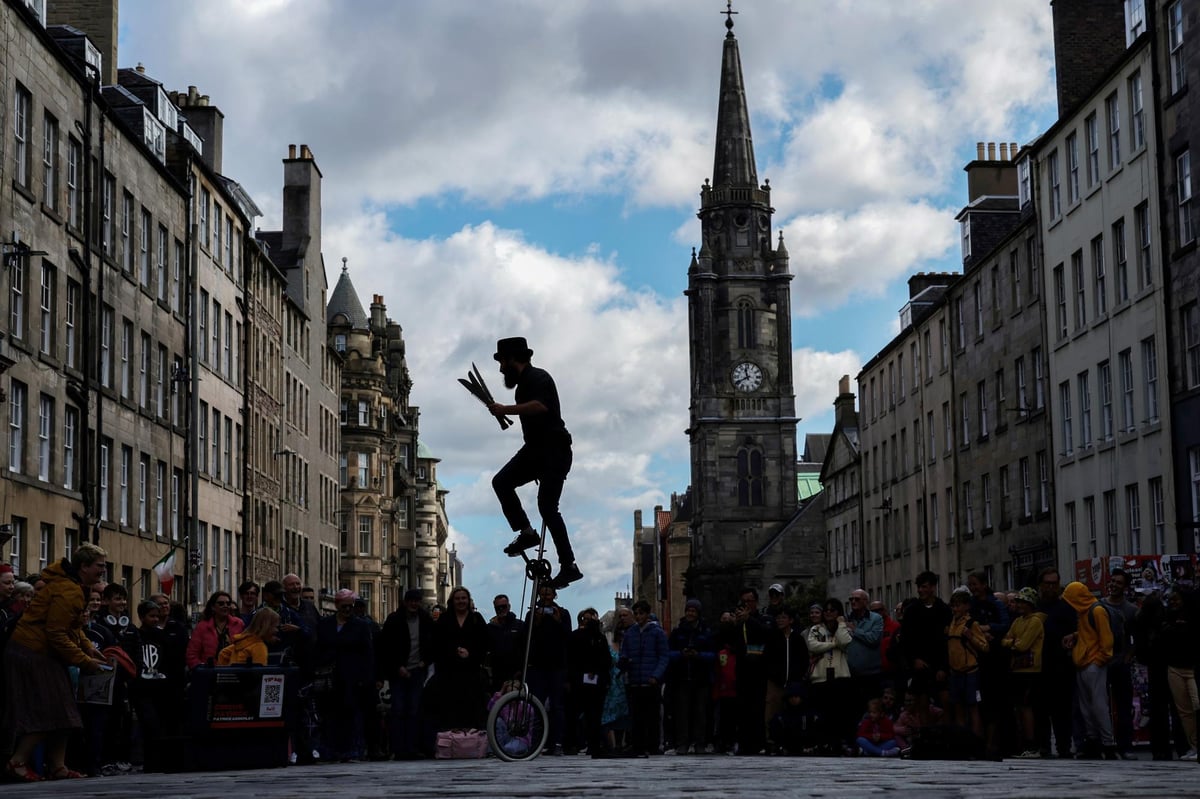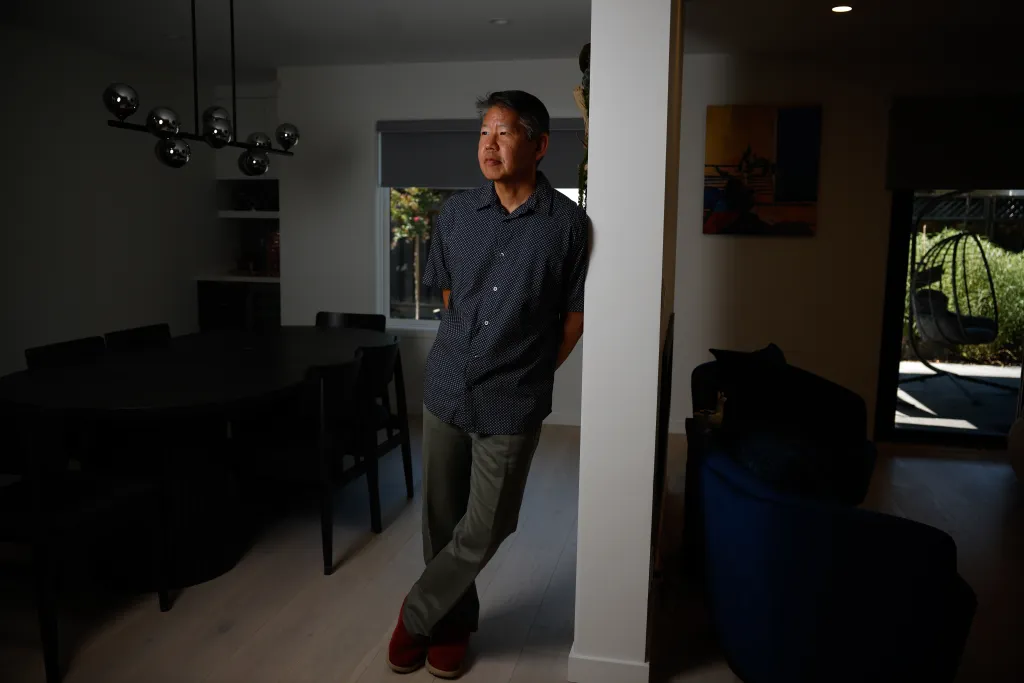By Foreign Minister,Առավոտ
Copyright aravot

“ACNIS ReView from Yerevan”. One of the most devastating legacies of Armenia’s 2018 “Velvet” Revolution has been the relentless “former vs. current” narrative — a divisive storyline that has taken deep root in public consciousness. Time and again, the ruling party and its allies have wielded the specter of the “formers” as a political shield, deflecting blame for every blunder, miscalculation, and defeat. For seven and a half years now, this convenient scapegoating has framed everything: from the late-1990s Kocharian–Aliyev (senior) negotiations over a possible territorial swap around Meghri to the catastrophic ultimate surrender of Artsakh, sealed on October 6, 2022, when Nikol Pashinyan signed the Prague Statement in the margins of the first European Political Community following the quadrilateral meeting between Aliyev, Pashinyan, French President Macron, and President of the European Council Michel, recognizing the Republic of Nagorno-Karabakh as part of Azerbaijan. This narrative substitutes real leadership with perpetual excuse-making. Until Armenia breaks free from this endless cycle of blaming the “formers,” the country risks remaining trapped in the failures of both past and present.
Even this most obvious fact is twisted beyond recognition by the government’s propaganda machine, which hastens to pin the blame on the so-called “former leaders”—chiefly Armenia’s second president, who has been absent from public office for more than a quarter of a century. Yet this reality does not stop the small Civil Contract clique from endlessly repeating, and persuading its loyal followers to believe, that it was Robert Kocharyan who “gave away” Artsakh: “What else could poor Nikol have done? Armenia’s second and third presidents, Rob and Serzh, had already surrendered Artsakh.” But when confronted with the simplest counter-question—“If that were true, why didn’t Aliyev seize it immediately? Why wait twelve long years to launch a war? What would be the point?”—the Civil Contract loyalists fall silent. They have nothing to answer. They simply shrug, exposing the hollowness of the narrative they cling to so fiercely.
For the authorities, the “former leaders” narrative serves another crucial function: to divide society into rival camps and sow mutual hatred and hostility, making the masses easier to control. Within this framework, the “Armenia vs. Karabakh native” and “us vs. them” narratives have become convenient tools, widely used by the government to distract people from domestic and external challenges and pressing daily issues. By doing so, the ruling political elite—the so-called “currents”—is able to skillfully manipulate the factor of their predecessors, the “formers.”
In truth, neither side holds the moral high ground; they are two sides of the same coin. To borrow and slightly alter a familiar saying, the “current” is simply the “former” conveniently repackaged. Yet the majority of the people has forgotten nothing. It rejects both camps, especially the “currents” seeing in them only symbols of defeat, loss, and death. For the average Armenian citizen, this narrative reflects a growing, almost instinctive desire to be free of both the past and the present political order altogether. What Armenia faces today is not a demand for superficial change, but for a profound transformation—one that reshapes society and, indeed, the very fabric of the nation itself.
The truth is simple: it is no longer possible to live the old way—and even if one tried, it would not work. Yet the present offers no solace either. It is bleak, humiliating, and carries the very real risk of losing our national identity. The “former vs. current” debate is not, at its core, about personalities. It is about breaking with outdated habits, indifference, rejecting the stagnation of the past, and demanding radical change—a call for a healthy, untainted political atmosphere and a society that can finally breathe freely. None of the three post-independence presidents managed to create such an environment. The system of political renewal, the nurturing of new political leadership, and the careful management of succession were all left untended.
The heavy, disheartening reality we face today is the inevitable product of that neglect. It says much about Armenia’s political culture that someone as nationless, uneducated and unprincipled as Nikol Pashinyan could rise to power in the first place. On this point, there can be no debate: his predecessors bear the shame.



